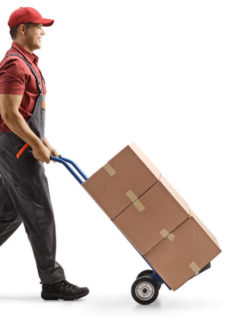Have you ever heard of single-material packaging? Single-material packaging means using just one raw material. The whole package therefore contains only paper or only plastic. The choice doesn’t really matter, as long as it’s a raw material that’s easy to sort later on. It’s good for the environment, but it’s also good for the unpacking experience. After all, easy sorting gives the end customer a positive conclusion. Are you ready to opt for mono?
1. What is mono-material packaging?
Monomaterial packaging is a collective term for packaging whose composition is totally homogeneous. “Mono” is a Greek word meaning “one”, and that’s what it’s all about. Mono packaging can be made entirely of paper, plastic, aluminium or other materials… as long as no third-party raw materials are mixed in.
Thanks to their homogeneous composition, they play a major role in the circular economy. When an entire package contains just one raw material, it is much easier to sort and reprocess for recycling. This makes life easier and more sustainable.
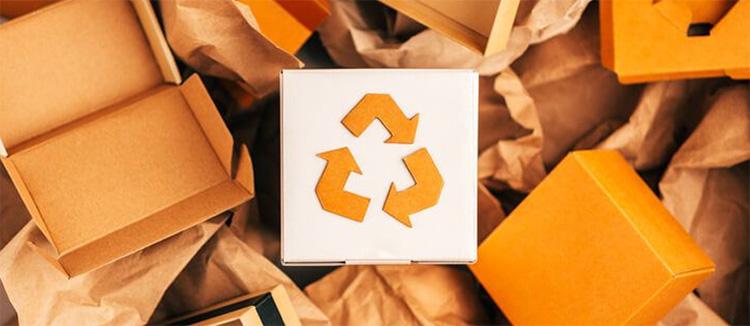
In one way or another, e-commerce has become an integral part of our daily lives. As we look to the future, we must not lose sight of the environmental impact of packaging. That's why RAJA consciously opts for solutions that minimise this impact and respond to circularity. You can also choose from a wide range of sustainable packaging and innovations for your own online shop.
2. What are the advantages of single-material packaging?
E-commerce and sustainability are more inseparable than ever. Your customers are analysing the eco-responsibility criteria of each package and assessing your shop’s ecological footprint. Single-material packaging is the perfect answer. They offer environmentally-friendly packaging, contribute to a positive unpacking experience and comply with the new European packaging law. Find out more below.
► 2.1 Reduce your impact on the environment
After use, single-material packaging can be easily sorted into the same waste stream. This facilitates the recycling process. As a result, much less waste is lost and, in the long term, the need for new raw materials will in turn be reduced. This process is known as the ‘circular economy’. By choosing monomaterials, you give raw materials a longer life cycle.
Another closely related issue is the reduction of CO2 emissions. When we commit to circularity, we need less mining and less transport of new raw materials – activities that involve a certain amount of CO2 emissions.
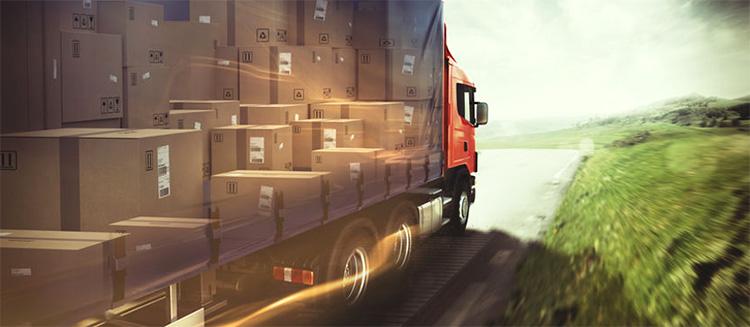
► 2.2 Improve the customer experience
A survey carried out in 2021 by Pro Carton produced some interesting responses about environmentally friendly packaging. Even in 2023, we can say that these figures are still relevant. So the message is: choose environmentally-friendly packaging for your customers!
- Over 58 % of those surveyed recycle more than before and order less plastic packaging.
- 61 % of participants consider environmental impact to be an important factor in their purchases.
- 93 % are more appreciative of supermarkets or retailers that take green initiatives.
- 65 % of those questioned have changed brands because they had doubts about the packaging method.
Wouldn’t it be practical for your customers to be able to sort their entire parcel at once, without having to separate everything again? This saves a lot of frustration when it’s time to throw the packaging away. As long as each element of the packaging has the same homogeneous composition, it’s perfectly possible. Want to find out more? Read our article on frustration-free packaging.
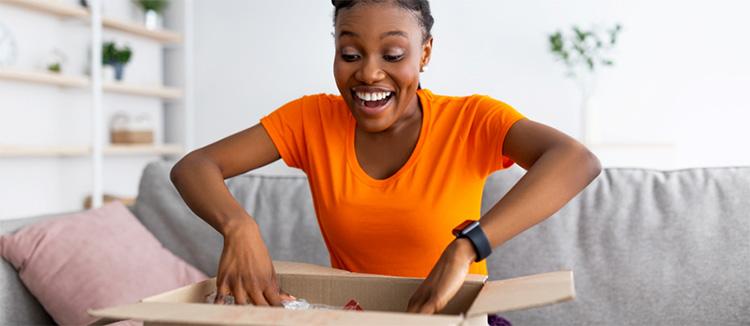
►2.3 Get ready for European packaging rules
At the end of 2022, the EU launched a new legislative proposal on product packaging: the Packaging and Packaging Waste Regulation (PPWR). This regulation establishes new rules which, for the first time, apply specifically to packaging used in e-commerce. Naturally, this has a considerable impact on the packaging strategy of online retailers…
In short, the European Commission wants to make all (e-commerce) packaging as circular as possible by 2030. The emphasis is on recycling and reuse. Today’s packaging must be easy to transform into tomorrow’s packaging. Thanks to the good sorting and recycling properties of monomaterials, you are already ready to take up this challenge.
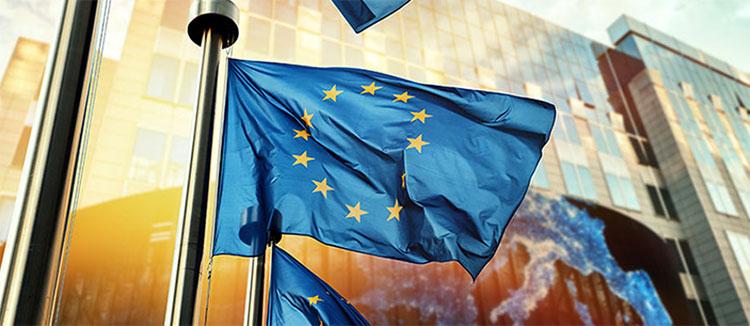
3. Which single-material packaging is most popular in e-commerce?
Virtually every element of an e-commerce shipment has a single-material variant: from the crate in which you place your product to the pallet that the courier service collects from your home. The result? The end customer can easily sort the whole package afterwards. So single-material packaging comes in many forms and for many goods, but which type of packaging takes the cake in e-commerce?
► 3.1 Paper or plastic?
Both materials are widely used in shipping e-commerce products, but the current packaging climate favours mono-paper packaging. There are three reasons for this:
- Studies show that modern consumers see paper as a greener and therefore more attractive alternative to plastic.
- Paper and cardboard come from a renewable resource: wood. Trees can be grown and reproduced indefinitely (and very quickly). On the other hand, the oil from which plastic is made takes thousands of years to produce.
- Wood, paper and cardboard are raw materials that are already very well sorted today. In most European countries, they are the best sorted waste materials. Plastics, on the other hand, are not sorted as well or as frequently (partly because there are so many varieties). In other words, consumers already have a great deal of experience of sorting paper correctly from plastic.
► 3.2 6 steps to single-material packaging from RAJA
In RAJA’s offering, you will find both plastic and paper products for fully mono packaging. In the example below, we limit ourselves mainly to paper solutions.
- Step 1 – Packing: for this first step, it’s best to use a cardboard box or a paper shipping bag. There are also useful shipping crates with variable fill heights. This way, you can always pack compactly, because you can easily adapt the crate to the size of your product.
- Step 2 – Protect: Do you ship relatively fragile products? Then opt for paper bubble wrap, an excellent alternative to traditional plastic bubble wrap.
- Step 3 – Wedging: if there are any empty spaces left in your crate, fill them with dunnage paper or opt for paper dunnage particles, one of RAJA’s latest innovations.

- Step 4 – Sealing: to seal a crate, it’s best to use solutions such as paper tape or gummed tape.
- Step 5 – Labelling: if necessary, add a paper document pocket to your parcel. Ideal for storing important shipping documents and making them visible.
- Step 6 – Transport : when shipping large quantities or bulky products, you often need pallets. Even then, you can opt for paper or cardboard elements: pallets, stretch film, strapping and many other products are now available in paper version.

As always, we like to hear from our customers. Mamzel is one of our many customers to have switched from plastic to paper packaging.
"Packaging is necessary in the world of e-commerce. It'simportant for us to be able to work with natural and/or recyclable materials - and preferably locally produced", Kim Severy, Mamzel's manager. Read the full story of Mamzel and RAJA here. 
4. Is single-material packaging always the best solution?
For standard e-commerce shipments, single-material is often the best solution. But there are also a few exceptions to this rule… What are they exactly? In some cases, it is preferable to use composite packaging. This involves combining 2 or more materials/raw materials. The properties of each material contribute to the safety of the shipment. Here are a few examples:
- Cardboard box with integrated foam cushioning: to absorb shocks when transporting exceptionally fragile products.
- Cardboard boxes with antistatic plastic film: the best way to protect electronic products during transport.
- Milk cartons, on the other hand, have a layer of plastic in their cardboard base so that the milk and the cardboard do not damage each other.
In any case, for e-commerce products in general, single-material packaging offers an interesting solution. Compared with composite packaging, it considerably reduces the impact on the environment. For special or very fragile products, specific composite packaging is a better alternative. Of course, the customer must receive the product in perfect condition.














